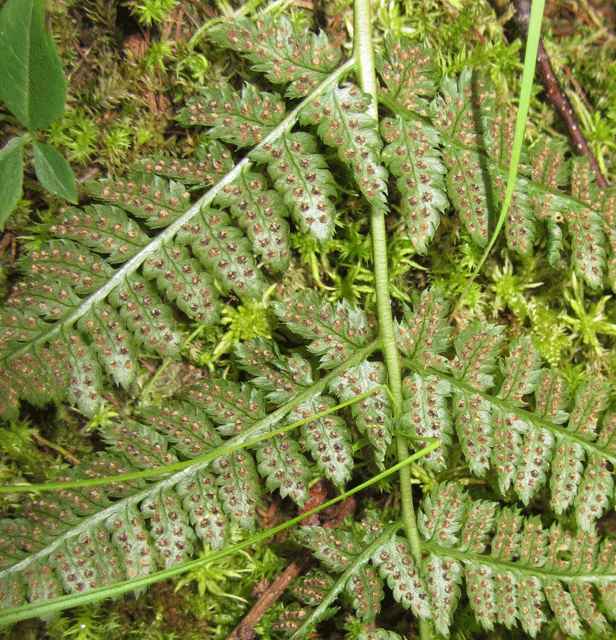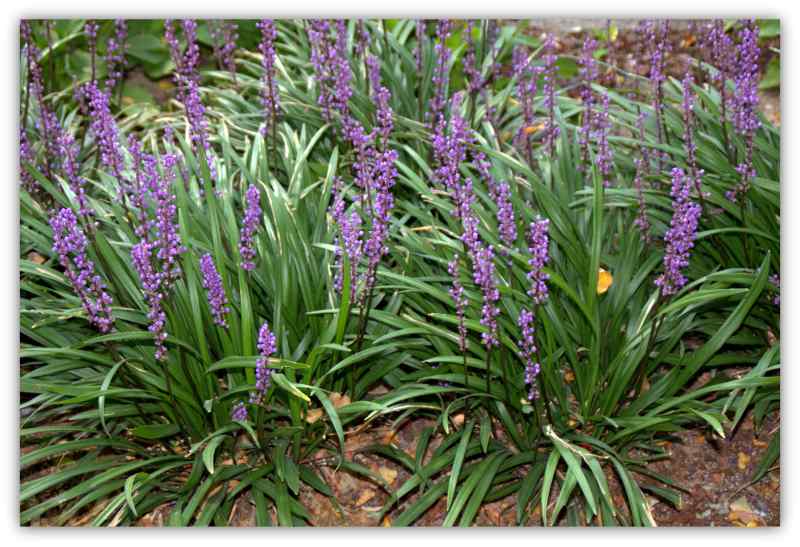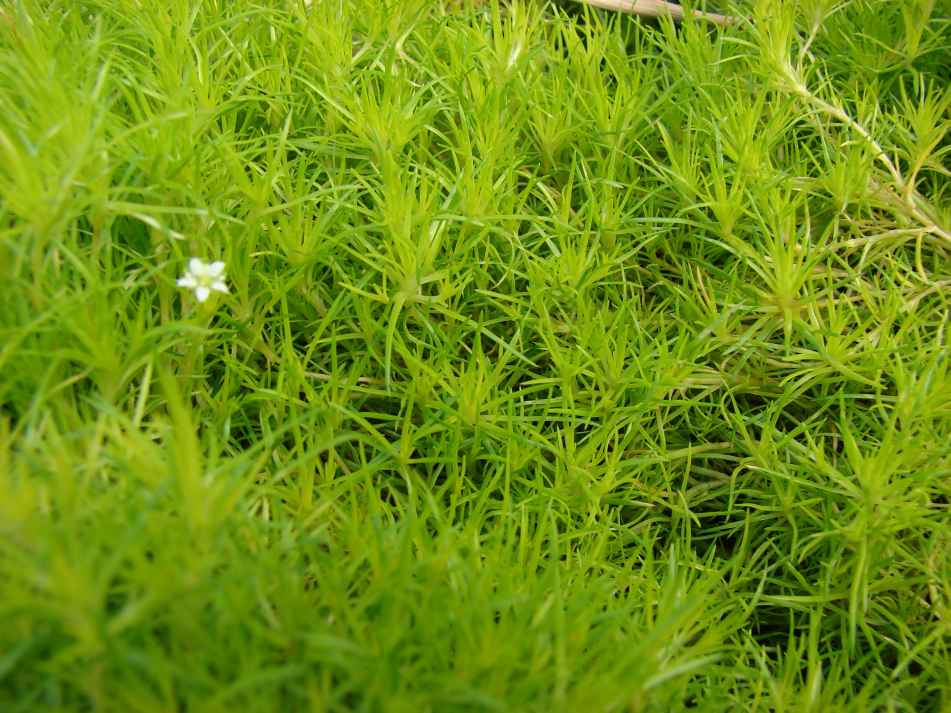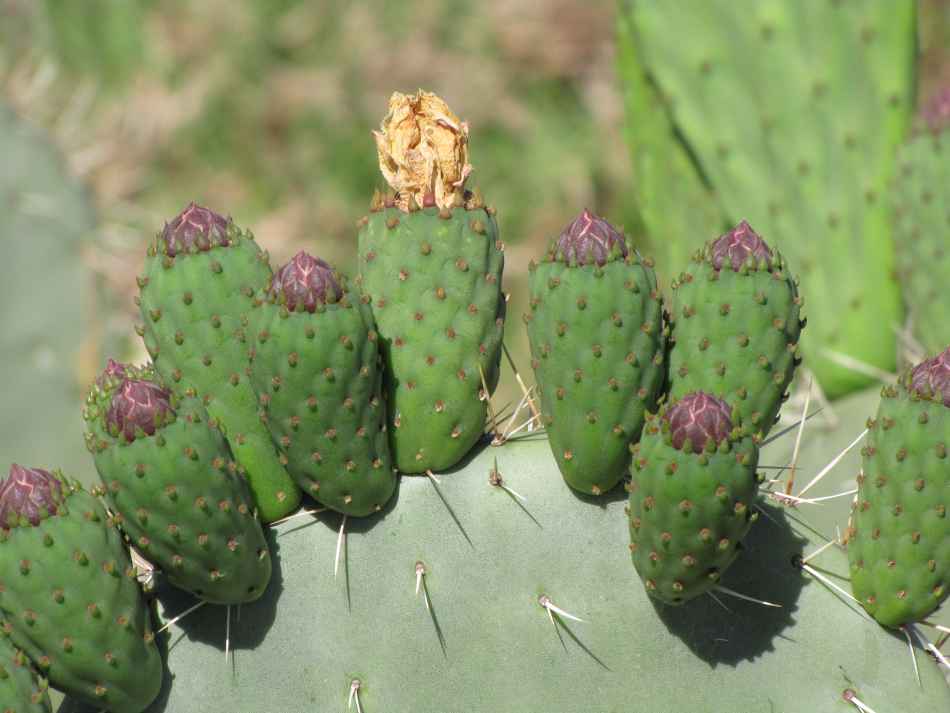Ground covers are living mulch that protects the soil from erosion, suppress weed growth and improve aesthetics of your backyard.
Small patches that are irregular and awkward can be maintained by growing groundcover plants.
Especially in colder months these ground cover plants act as a barrier to your garden soil and maintain greenery, when most plants pack up for the season.
Some of these plants even manage to bring a bit of magic to winter days, with glossy leaves or subtle flowers that brighten the dullest corners.
Whether you’re filling the space under trees or softening the edges of a pathway, they bring a sense of calm and continuity to your garden when everything else is resting.
It’s easy to maintain these plants, as they don’t ask for attention but give back plenty—just the kind of quiet beauty winter needs.
17 Best Winter Ground Covers to Keep Your Garden Lush All Season
When winter rolls in and most of your garden slips into dormancy, the ground can start to look bare and lifeless. But it doesn’t have to.
Evergreen and semi-evergreen ground covers keep your beds, slopes, and borders looking vibrant even through the cold months. They protect the soil, outcompete weeds, and add subtle texture and color when the rest of the landscape fades.
1. Creeping Phlox
Creeping Phlox is that bright splash of cheer your winter garden needs. Even when the cold sets in, it holds its low, mat-like greenery, forming a thick carpet that looks tidy and lush all winter long. Weeds barely stand a chance against it, which means less work for you when spring comes around.
And when it does arrive? Get ready for a breathtaking show of candy-striped, pink, or lavender blooms that completely transform the landscape. Perfect for rocky borders, slopes, or garden edges that could use a pop of life.
2. Bugleweed

Bugleweed doesn’t flinch at frost—it thrives in it. This adaptable ground cover spreads by runners, creating a dense, glossy mat that stays green year-round. Whether you’ve got full sun or partial shade, it fits right in.
Spring brings short spikes of deep blue or purple flowers that bees and butterflies can’t resist. Just one thing to note—it spreads fast. So give it a spot where it can roam freely without overtaking more delicate neighbors.
Also Read: 27 Edible Ground Covers to Feed You
3. Bearberry (Arctostaphylos uva-ursi)

Bearberry has a quiet kind of strength. It handles poor, rocky soils, wind, and frost like a pro. In winter, its small leathery leaves sometimes blush red or purple, adding subtle color when everything else looks dull.
While the bright red berries are more for wildlife than for you, they’re a lovely sight against the snow. Perfect for covering large, sloped areas or filling tough spots where little else will grow.
4. Creeping Juniper (Juniperus horizontalis)

If you’re after something durable, Creeping Juniper is a go-to choice. It laughs in the face of drought, poor soil, salt, and deer. The feathery branches form a soft, sprawling mat that can turn from blue-green to reddish bronze in winter—giving your garden year-round texture and tone.
‘Pancake’ stays neat and compact, while standard varieties can spread wide to cover awkward patches along paths or over retaining walls.
5. Pachysandra (Pachysandra terminalis)

Pachysandra is the hero of shady corners and under-tree spots where grass just refuses to grow. It’s evergreen, low-maintenance, and forms a dense, weed-smothering carpet that stays fresh all winter.
Once it’s settled in, it barely needs care—just the occasional trim or water during dry spells. Think of it as the quiet workhorse of the winter garden: not flashy, but always reliable.
Must Read: 6 Best Ground Cover for Chicken Run
6. Variegated Bishop’s Goutweed (Aegopodium podagraria)

If you’ve got a patch of ground where nothing seems to thrive, Goutweed is your fix-it plant. This one spreads fast and doesn’t give up easily—so it’s best used in contained spaces or where you truly need coverage.
Its creamy white and green foliage brightens up dark corners, and in spring, it produces clusters of small white flowers that add a soft, cloud-like touch. Once established, it’s nearly hands-free—just keep an eye on its boundaries.
7. Snow-In-Summer (Cerastium tomentosum)

Few plants live up to their name like Snow-In-Summer. Its silvery foliage shines even on gray winter days, and in spring, it bursts into a sea of small white blooms that look like drifts of snow.
This one thrives in sunny, well-drained spots and handles drought like a champ. Use it to edge walkways or stabilize slopes—it’ll look good doing both.
8. Heartleaf Ginger (Asarum virginicum)

Heartleaf Ginger adds an unexpected dash of elegance to shaded winter beds. Its glossy, heart-shaped leaves hug the ground tightly, creating a lush green cover that feels both natural and refined.
It’s not loud or showy, but that’s the point—it’s about quiet beauty. Ideal for woodland gardens, under trees, or anywhere you want steady greenery that doubles as living mulch.
Also Read: 25 Best Ground Cover Plants to Prevent Weeds
9. Evergreen Wood Fern (Dryopteris marginalis)

The Evergreen Wood Fern brings structure and grace to winter landscapes. Its finely divided fronds stay lush and arching through the cold, even when frost dusts their tips.
Tuck it between rocks, beneath trees, or along shaded borders for a wild yet tidy look. Plus, it’s deer-resistant and needs almost no maintenance—perfect for gardeners who prefer to admire rather than fuss.
10. Liriope (Liriope muscari)

Also known as monkey grass, Liriope adds texture and rhythm to your garden. Its strappy green leaves hold their form through most winters, and in warmer zones, they stay evergreen all year long.
Come late summer, purple flower spikes rise above the foliage, followed by small black berries that linger into the colder months. It’s ideal for edging paths or creating a soft border that transitions beautifully between seasons.
11. Blue Star Creeper (Pratia pedunculata)

Blue Star Creeper is a tiny treasure. Its dense green mat stays vibrant through most winters, and when spring rolls around, it sprinkles itself with tiny star-shaped flowers in pale blue or lavender.
Because it’s so low-growing, it’s perfect for tucking between stepping stones or along garden paths. It’s soft enough to walk on and hardy enough to survive the occasional frost.
12. Carex Sedge (Carex oshimensis, C. laxiculmis)

If you like a natural look, sedges are the unsung heroes of winter gardens. Their graceful, arching leaves move with the breeze and often stay semi-evergreen in milder climates.
Varieties like ‘Evergold’ offer a pop of variegation, while others create sleek mounds of texture for woodland borders or moist areas. They’re not aggressive like grasses, yet they bring that same gentle flow to the landscape.
13. Partridgeberry (Mitchella repens)

Partridgeberry is a quiet gem of the native woodland. It trails low to the ground, weaving around roots and rocks, with shiny green leaves that stay fresh all winter.
Bright red berries appear in late fall and often persist into spring, giving birds and small wildlife a reason to visit. It’s ideal for shaded, natural-looking spaces where subtle beauty counts more than showy color.
14. Scottish Moss (Sagina subulata ‘Aurea’)

If winter has your garden looking a bit dull, Scottish Moss will brighten it right up. Its vibrant chartreuse cushions seem to glow even on cloudy days, forming tight mats that look soft enough to walk on.
It loves moisture and cool weather, so keep it slightly damp. Use it between paving stones or as a living accent in containers—it’s a cheerful way to add texture and light.
15. Prickly Pear (Opuntia species)

Not all winter survivors are soft and green—some are bold and spiky. Hardy Prickly Pear varieties bring drama and shape to cold-weather gardens, thriving in poor, dry soil where others give up.
Their paddle-shaped stems sometimes blush with winter color, and by summer, they surprise you with bright, showy flowers. Just plant them away from paths—those spines mean business.
16. Wall Germander (Teucrium chamaedrys)

Wall Germander feels old-world elegant, with small evergreen leaves that form neat mounds or low hedges. It’s versatile, deer-resistant, and stays green through winter, providing structure when perennials die back.
In summer, it bursts into pinkish-purple flowers that draw pollinators. Trim it lightly after blooming, and it’ll reward you with a tidy, year-round shape perfect for edging or borders.
17. Creeping Thyme (Thymus serpyllum)

Few plants smell as good in winter as Creeping Thyme. It forms a soft, aromatic carpet that holds its green leaves even under light snow. Come summer, it transforms into a floral ground cover humming with bees.
It’s tough enough to handle foot traffic, making it perfect for filling gaps between pavers or lining garden paths. Plus, every step releases a hint of that herby fragrance—like a natural winter perfume for your garden.
Conclusion
Winter ground covers aren’t just space fillers—they’re protectors, performers, and mood lifters. They guard your soil, hold the landscape together, and keep your garden feeling alive when most plants are asleep.
Whether you choose mossy cushions, silvery mats, or glossy leaves, these 17 options will help you craft a garden that looks good year-round. Mix and match for variety—some for shade, some for sun—and watch how your winter landscape transforms from bare to beautifully alive.

Khaja Moinuddin, a computer science graduate, finds joy in gardening and homesteading. Join him on this blog as he shares his experiences in homesteading, gardening, and composting


